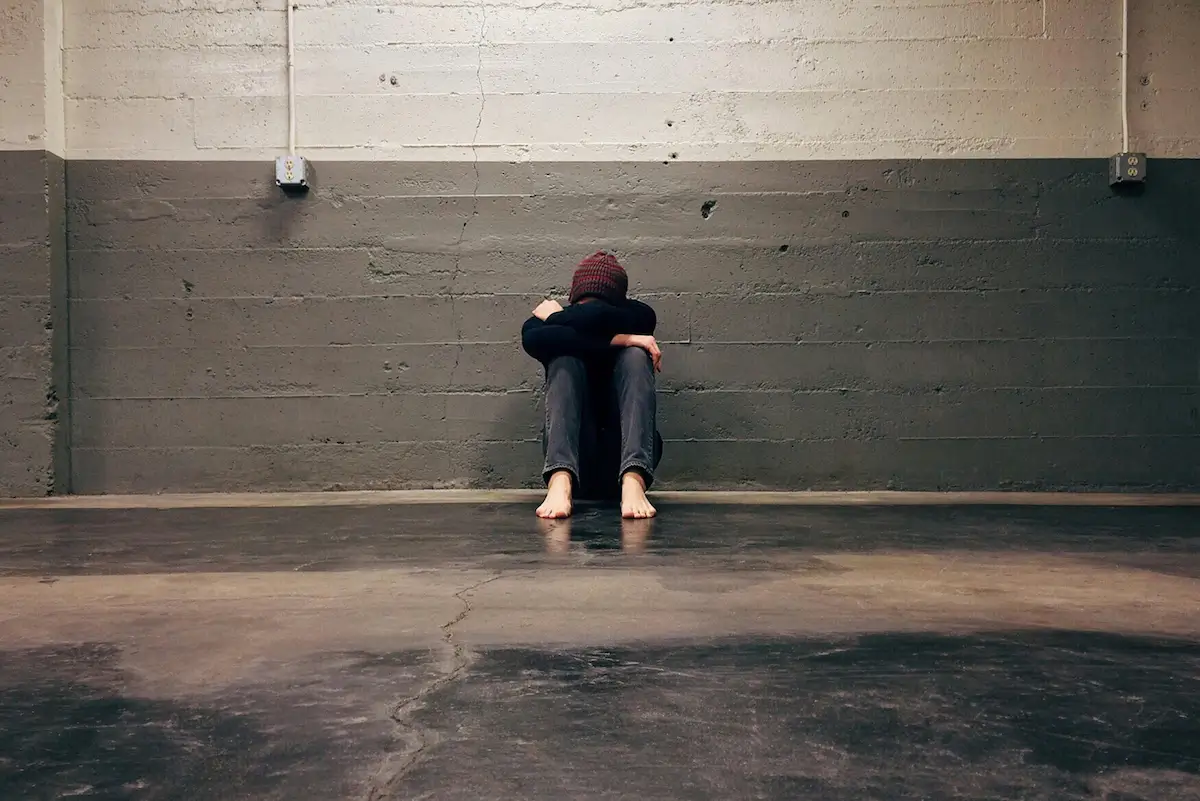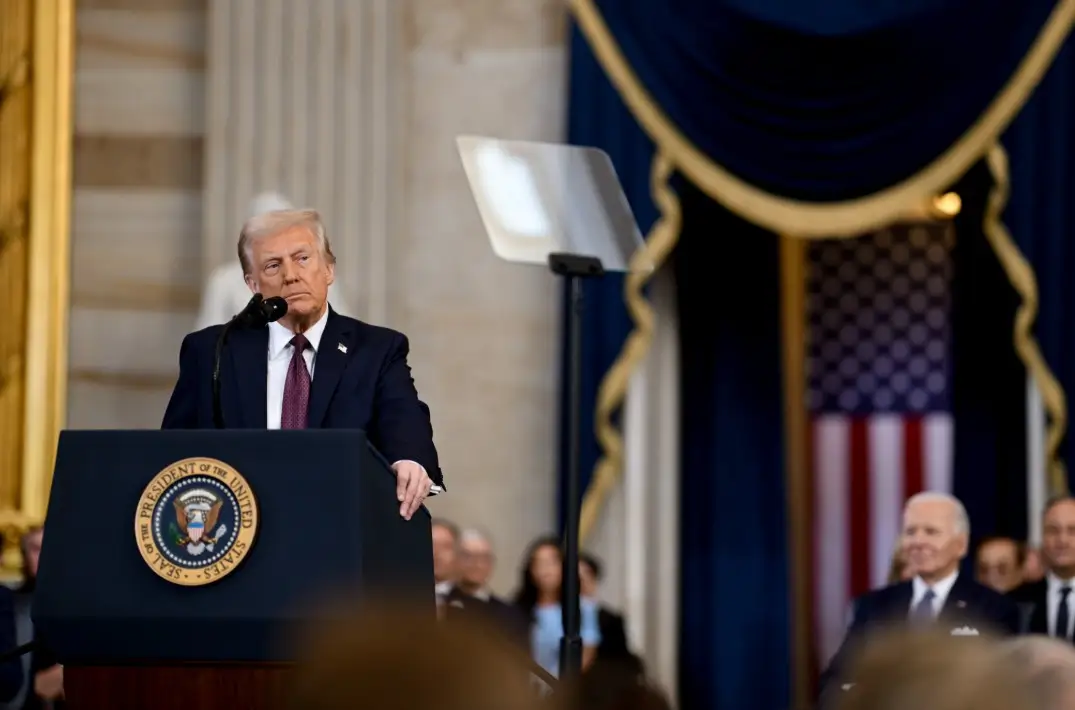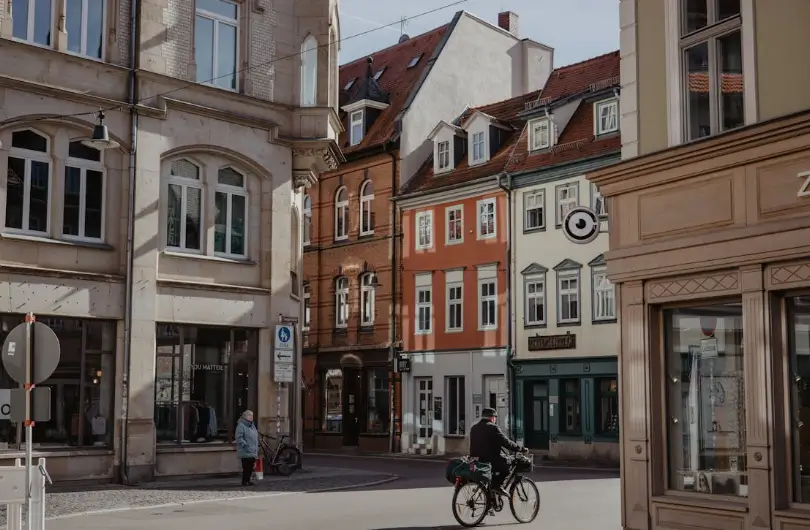How Did the Pandemic Change UrbanPlanning?
Is that a question that pops into yourmind? If it doesn’t, it probably should.
The COVID-19 pandemic didn’t just disrupt daily life…
It reshaped it.
It changed how we think about cities and all the systems that hold them together. What began as a public health crisis quickly became an urban planning reckoning, forcing planners to rethink everything from transit and zoning to public engagement, housing, and even project reviews. Everything was impacted. And while some changes were temporary, others may have permanently transformed how we plan.
So How Did These Changes Take Shape?
Glad you asked.
Public space became, and to some degree remains, survival space.
Parks, sidewalks, and even streets turned into essential infrastructure. Some cities closed streets to cars to create pedestrian-only zones. Others required wider sidewalks, not just for pedestrian social distancing, but for patron distancing too. Businesses used those wider spaces to expand outdoors with seating, retail pickup, or service counters. Suddenly, public space transformed into something beyond aesthetic. It was flexible, functional, and life-sustaining.
That shift in how we used public space often coincided with agile zoning responses. In an instant, emergency zoning protocols produced things like pop-ups and temporary uses! Proving that even the most rigid systems could adapt…
Quickly.
Some cities cut red tape or redefined what “essential” uses really meant in order to meet pandemic needs and comply with federal mandates.
Remote Work Wasn’t New, But It Was Never This Normal
Remote jobs existed long before the pandemic. Industries like tech, customer service, design, writing, and home-based entrepreneurship had already built flexible models that didn’t rely on daily commutes or office towers. But those roles were often seen as exceptions. Quirky perks of certain industries…not the norm.
Then COVID hit.
Almost overnight, businesses that had never seriously considered remote work had no choice but to pivot. Law firms, government agencies, schools, and nonprofit organizations that once insisted on in-person presence, scrambled to implement video calls, cloud systems, and remote workflows. What was once niche became standard.
This shift revealed a few big truths:
Many jobs didn’t actually require a physical office, they just operated that way by default. In fact, some businesses even saw increased productivity and revenue from remote workers who now had quieter, less stressful environments.
The built environment hadn’t caught up especially when it came to residential zoning, broadband infrastructure, and neighborhood amenities.
Downtowns lost their anchors, and neighborhoods became the new hubs of daily life.
And just like that, people began prioritizing proximity to parks, grocery stores, and reliable Wi-Fi over access to downtown office towers. Planners found themselves asking: "What does 'mixed-use' looklike when home is also the workplace?"
Mixed-Use Development, Re-imagined
Before the pandemic, mixed-use was already a planning best practice. Combining residential, commercial, and civic spaces helped promote walkability, reduce car dependence, and build vibrant neighborhoods. But in reality, mixed-use often meant: offices above retail, apartments over cafés, concentrated in downtowns or along commercial corridors.
Then downtowns emptied out. Offices sat vacant. People stayed home.
Permanently.
Suddenly, it wasn’t just about layering uses vertically. It became about embedding flexibility into neighborhoods themselves. Planners had to reimagine mixed-use beyond the urban core.
Now, mixed-use means something slightly different. It means letting people work, shop, exercise, and socialize, all within walking distance and prioritizing adaptable ground-floor uses (retail, coworking, clinics, services). It also means rethinking residential-only zoning to allow for micro-commercial uses, like home businesses, cafés, or studios tucked into residential areas (gasp, I know, the atrocity right?) as well as designing for local life over commuter patterns.
The pandemic didn’t kill mixed-use. Rather It expanded it and gave it a neighborhood focus.
The 15-Minute City Became Real
The concept of the 15-minute city is pretty straight forward. In essence, it’s city design methodology where everything you need is within a 15-minute walk or bike ride.
This wasn’t a new concept. But the pandemic gave it momentum.
When commutes vanished, people noticed how different life felt without hours of driving (or the looks of cities without cars…probably one of the most surreal visuals for me). Local parks became lifelines. Corner stores and neighborhood shops kept people going. Suddenly, proximity mattered more than scale.
But it also became painfully clear that not everyone lived in a 15-minute city, and that inequality had real consequences. If your grocery store, pharmacy, or park was miles away, you felt it. If you had to be physically present at work while others stayed home, you experienced a different and more vulnerable city.
Post-COVID, the 15-minute city went from a planning buzzword to a public health, equity, and climate resilience strategy. It pushed planners to bring services closer to where people actually live, reduce long-distance travel dependence, and retrofit suburbs with neighborhood-scale destinations.
Loosening zoning codes that rigidly separate uses wasn’t just a nice idea, rather it became essential.
Public Engagement Goes Digital
Traditional engagements such as workshops and community meetings were suddenly unsafe.
So planners got creative.
Zoom sessions, virtual town halls, interactive maps, online surveys, all of these things and more became tools that were used on rapid fire. In an instant, the ability and the long standing desire to reach more diverse people became reality.
Things like the need for transportation or even adequate space loosened it’s grip on meeting diversification and representation.
No, this didn’t erase equity gaps…sadly. But it did prove something important: engagement can be broader and more accessible when it’s flexible and intentional.
Health Became a Core Planning Concern
Planning has always touched on public health, but COVID made it central. Not in the gym-membership sense, but in terms of air quality, ventilation, access to green space, and mental well-being.
Things once considered “nice to have” became essential infrastructure. And planners started working more directly with public health professionals, finally giving that partnership the seat it deserves.
What the Pandemic Ultimately Taught Us
The pandemic didn’t create new urban problems, it revealed the ones we already had, and forced cities to respond faster than usual. It proved how agile cities can be when they have to be.
And now?
Cities should choose to be that responsive on purpose.
As we move forward, the challenge isn’t to return to business as usual. It’s to carry these lessons with us:
Make space for people
Respond with agility
Plan with care, for health, equity, and resilience
These aren’t just best practices.They’re survival strategies. And if we get them right, we won’t just build stronger cities, we’ll build cities where more people can actually thrive.
%20(1200%20x%20237%20px)%20(300%20x%2059%20px).webp)


.webp)


